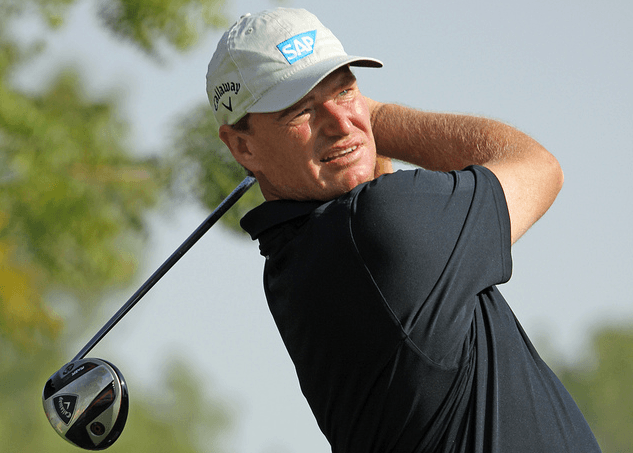

#CLUB HEAD SPEED READER DRIVER#
One suggestion could be to setup course length based on club speed and optimal driver efficiency.įor example, based on the average club speed of the AMA (93.4 mph) he should be able to hit his driver 255 yards (assuming certain ground conditions). As he becomes more efficient, the AMA has shorter approach shots which lead to closer proximity to the hole. With the AMA averaging 30 yards less than his potential, there is a lot of room for improvement. Optimizing a golfer’s distance with the driver (using their existing club speed) is an alternative way to effectively shortening a golf course. It is not to suggest that a golfer should simply play a shorter course to shoot better scores, but that a golfer should play a course length that is appropriate. As club speed increases, those golfers tend to have lower handicaps. There is a very obvious relationship between these two variables. The following chart shows average handicap versus average club speed.

However, it is more the fact that golfers are playing courses that are too long relative to club speed and skill level. Of course, playing shorter courses seems very obvious if you want to improve performance. Before it is assumed that the AMA should simply “club up”, actual distances with each club should be determined.ĭoes the AMA truly know how far each of their clubs carries? The strategy implemented to create 10 additional yards of carry could be from lack of knowledge regarding how far each club goes.Ĭourse length, driver optimization, and course strategy are three key components to improving the performance of the AMA. This demonstrates that without changing technique and only changing strategy, the AMA can improve their performance. The next table uses the approach distances from the previous and calculates the proximity to hole.īecause of the trends and correlations found in the TrackMan Combine data, it is possible to calculate the proximity to hole for nearly any handicap or approach distance with high confidence.īy adding 10 yards to every shot hit by the AMA from 160 yards, the percentage of shots that would hit the green increases from 38.5% to 44.0% and the average distance from the target decreases from 71.8 feet to 60.6 feet. Let’s go one step further and use the TrackMan Combine data to see what kind of proximity to hole the AMA will be able to achieve at the various approach distances. The previous table looked at the approach distance the AMA will have based on hole length and average drive distance. If golfers are to continue playing the same length tees, then optimizing their driver distance is going to be key to enhancing their performance. In truth, the vast majority of golfers are playing from tees that are too long based on their club speed and skill level. Golf critics talk about technology making golf courses obsolete because of distance, but what they fail to clarify is that this only pertains to 0.1% of the golfing population. Hitting long irons or hybrids into all of the par 4’s does not set the AMA up for an enjoyable day on the golf course. Even when playing from the green tees at Torrey Pine South, the AMA is left with 165 yards for his approach shot.


 0 kommentar(er)
0 kommentar(er)
